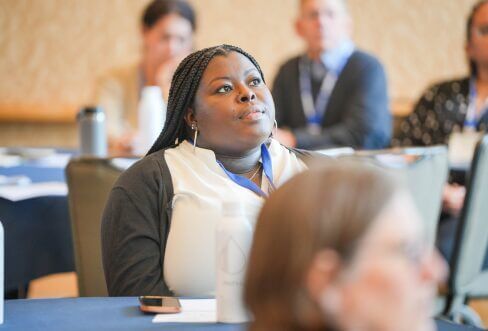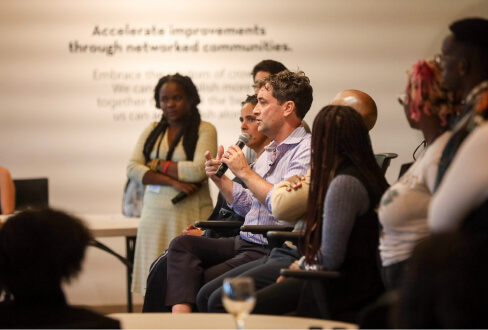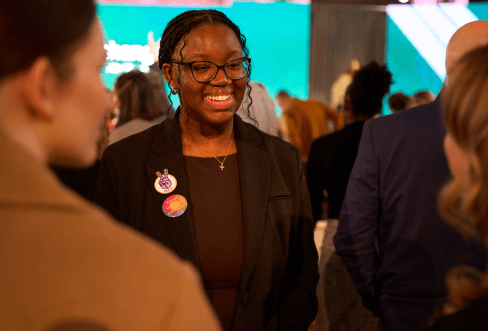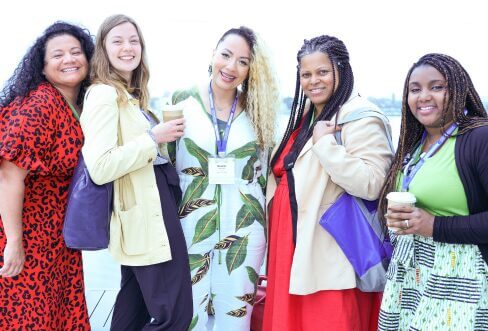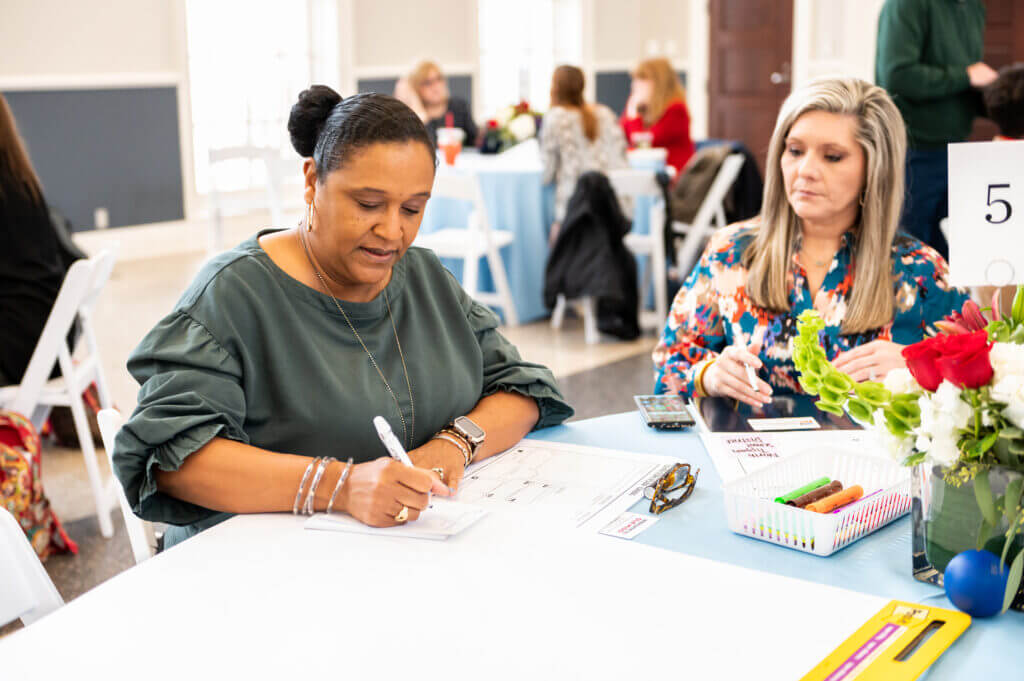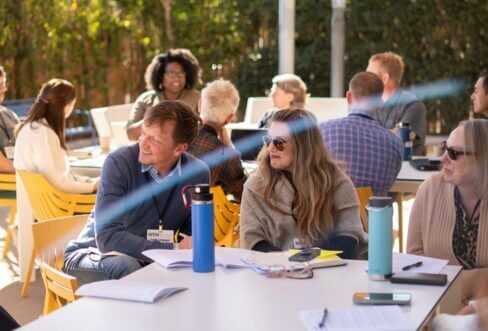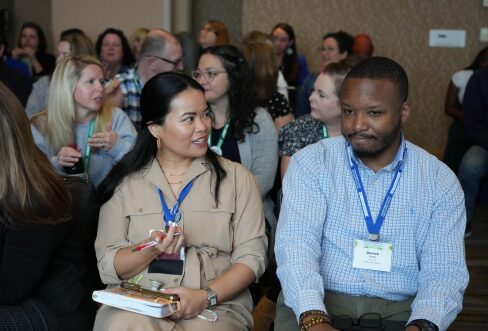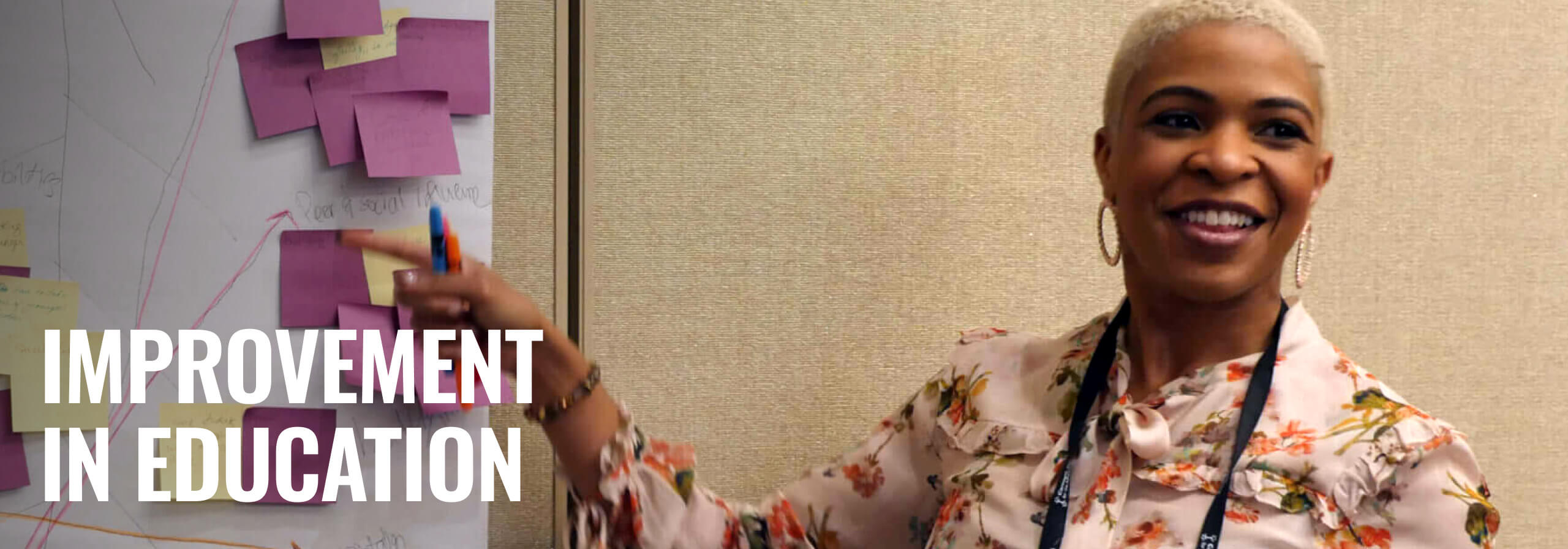
Improvement in Education
At the Carnegie Foundation we have proudly championed a science of improvement that empowers and enables educators, systems, and communities to continuously learn and improve so that all students can thrive.
Improvement science centers real problems of practice and acknowledges the significant role systems play in shaping outcomes. It offers a method for transforming systems and making enduring progress on education’s most persistent challenges. A cornerstone of Carnegie’s approach has been the development and support of networked improvement communities (NICs)—intentionally designed communities of practitioners, researchers, and community members that unite expertise and creativity around a common aim. Guided by shared theories of improvement and disciplined by the rigorous methods of improvement research, NICs have proven instrumental in accelerating innovation and integrating solutions into diverse educational contexts on a broad scale. As stakeholders work together in these ways they learn new ways to name and solve challenges, build evidence of efficacy of solutions, and activate collective agency to power ongoing improvement.
We invite you to explore resources about the practice and theory of improvement science and NICs in the Carnegie Improvement Science Collection. Here, you can find tools, cases, examples from other improvement efforts, writings, and videos to support you on your improvement journey. The transformative impact of improvement continues to spread through intentional efforts to build, strengthen, and elevate a field of expertise, scholarship and practice around the use of improvement science in education. Learning with others has been instrumental in our journey to leverage improvement methods to pursue better outcomes, and we encourage you to connect with others in the vibrant and growing improver community.






